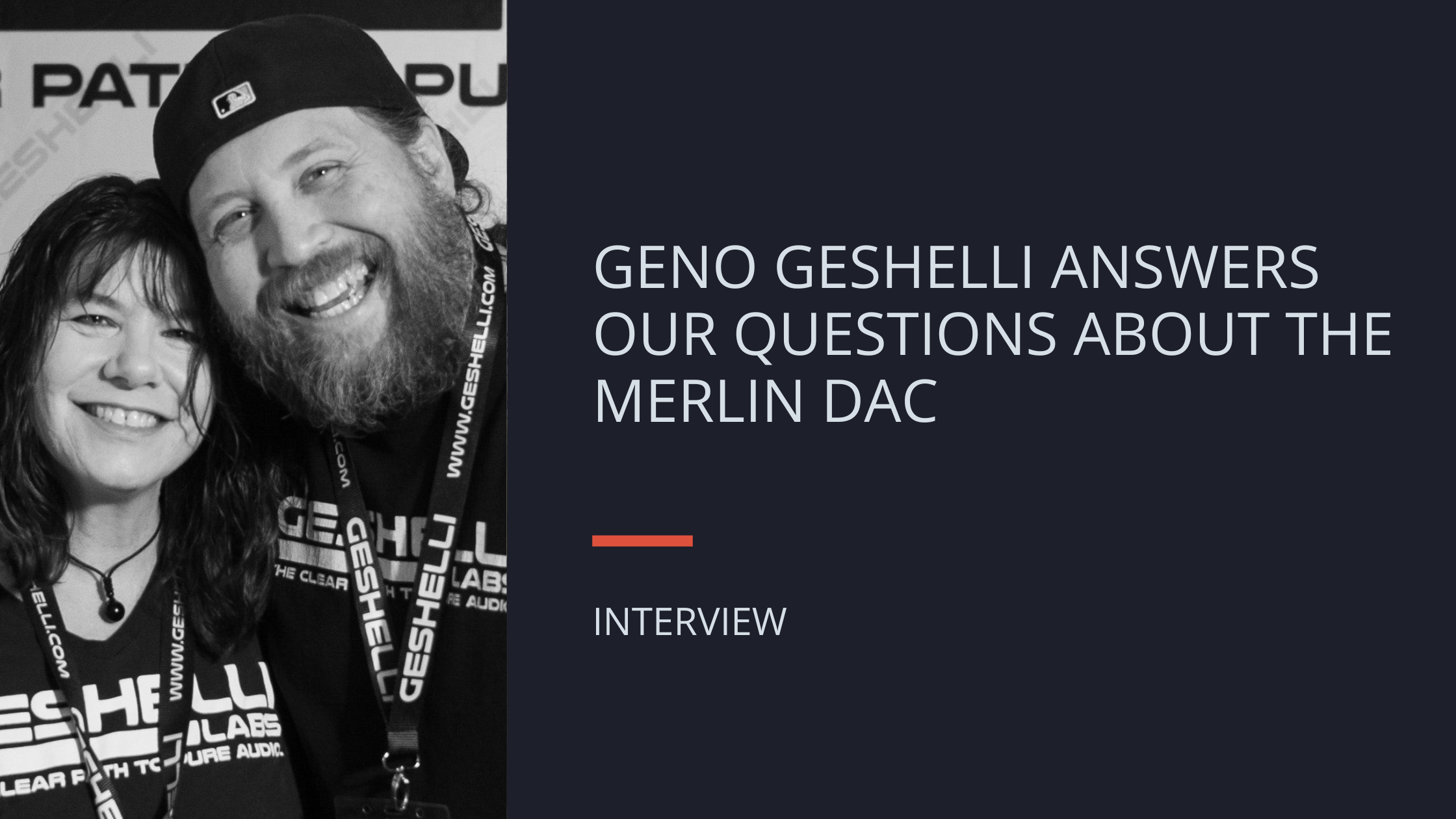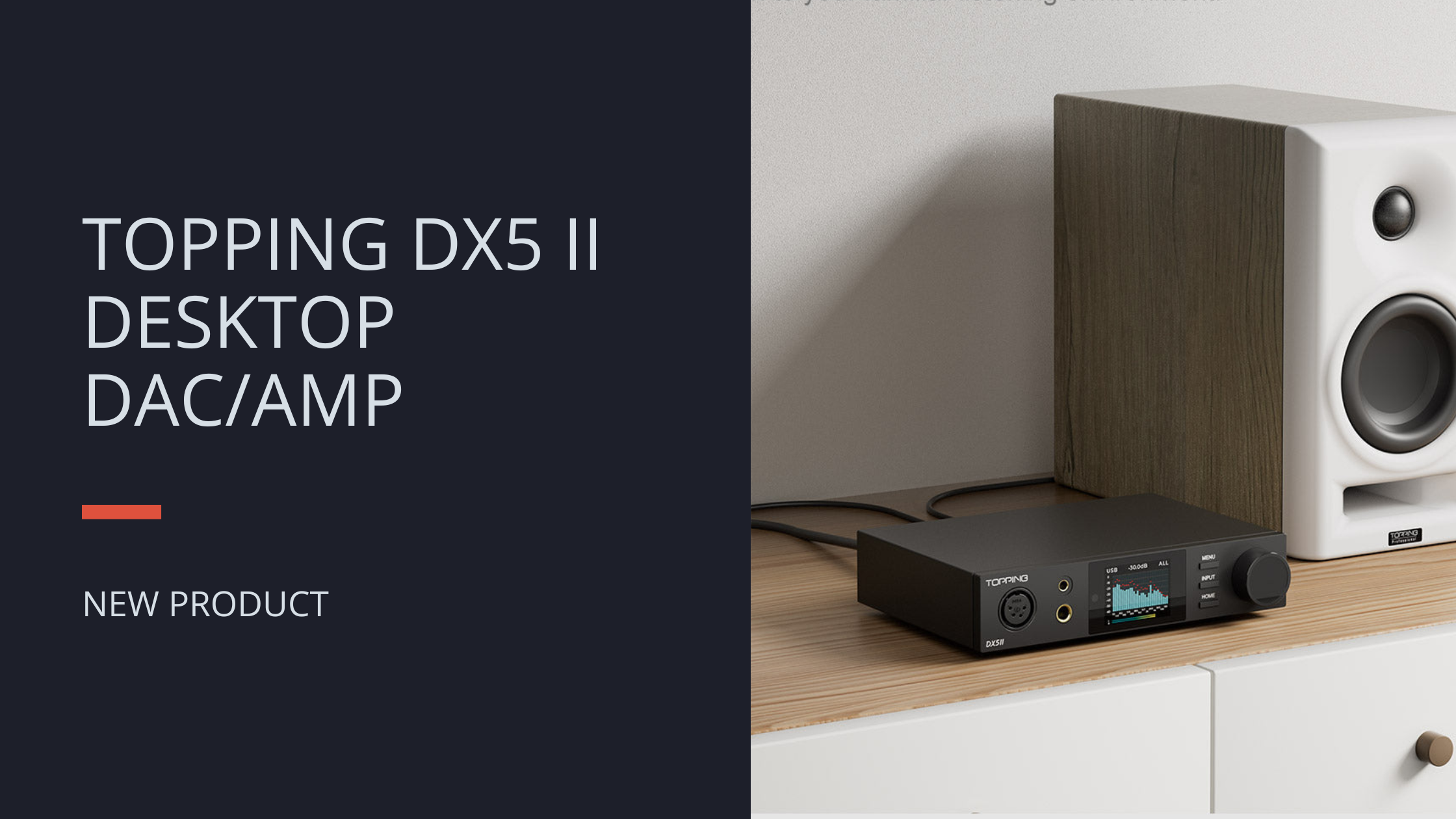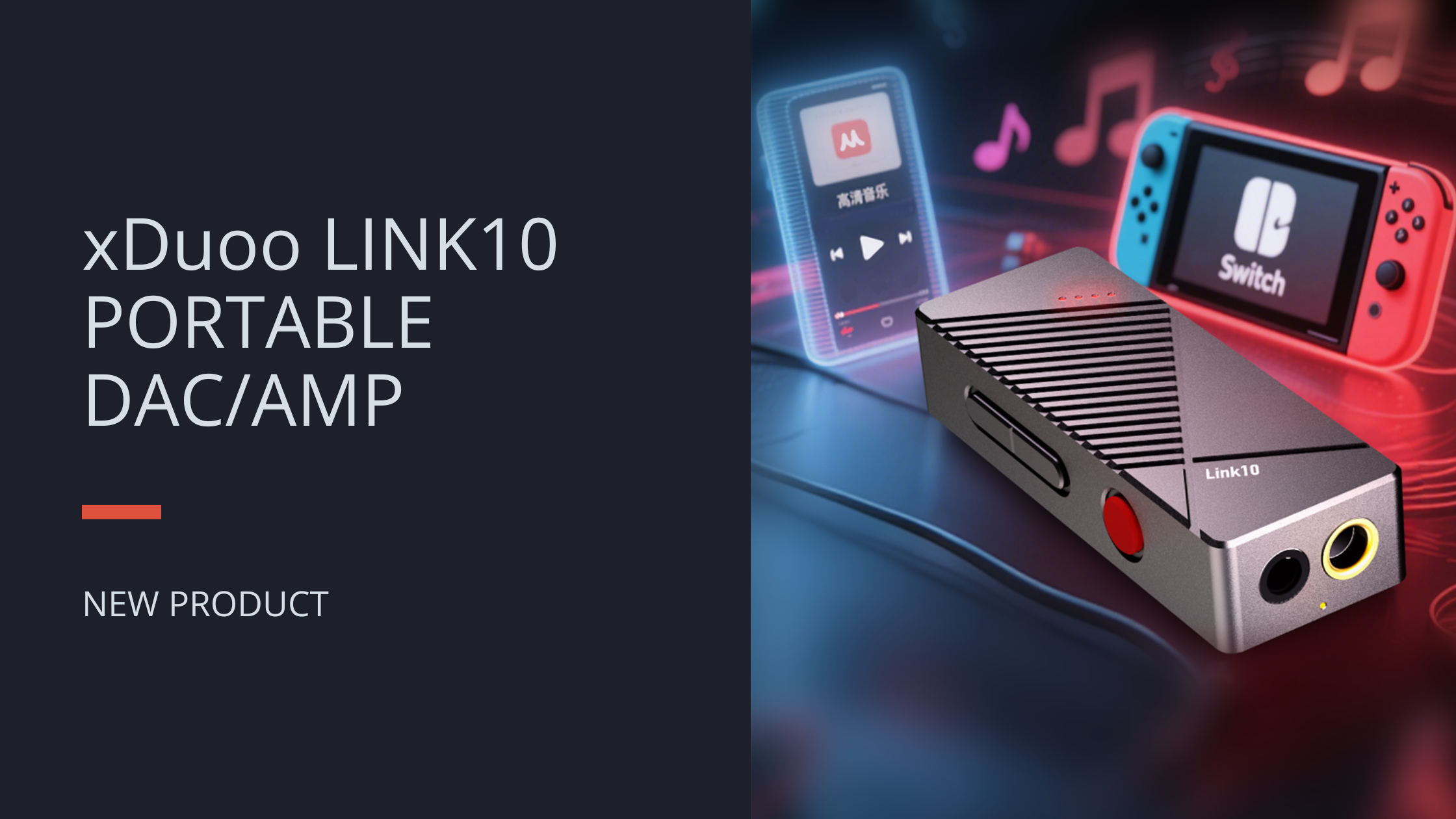
GENO GESHELLI TALKS MERLIN DAC
When the Gremlin amp launched, it didn’t take long for a pattern to emerge. Customers kept saying the same thing: Pair it with a Geshelli DAC. So we did, and it was a match made in audio heaven. That feedback kicked off a collaboration with Geno and Sherri of Geshelli Labs to build the Merlin: a DAC designed to be the Gremlin’s digital familiar. In this conversation, Geno talks about how the Merlin evolved from the JNOG2, why they went with an all-in-one PCB design, and why the Amanero USB module is our favorite.
Tom: We heard from Gremlin users that Geshelli DACs were a perfect match for our amp. Had you been hearing the same thing from your customers before we started talking?
Geno: Absolutely. I think I commented on one of your Gremlin posts about this very topic when the Gremlin was first released. Back in the beginning days of Geshelli, we made an all plexiglass case for our ENOG DAC. With the excitement of the Gremlin and the wonderful pairing with our DAC, folks were writing in with requests for us to release a plexi DAC to match the Gremlins aesthetics.
Tom: And the rest is history! So, the Merlin is based on the JNOG2. What were the biggest changes you made to the JNOG2 in order to create the Merlin? Which tweaks had the biggest impact on the sound?
Geno: The Merlin is a tighter layout using the AKM4493. It is similar to the J2 but a few key differences is that all the USB circuitry resides on the PCB instead of being a separate module. We beefed up the internal power supply (similar to the one on the J3) which allows for a lower noise profile. We’re also using the OPA1652 FET based opamps, a throwback to the ENOG series which was a design we loved and we’re excited to bring back.
Tom: Let’s talk more about the tighter layout. The Gremlin has a very specific footprint and aesthetic. What design challenges did you run into while trying to match the Merlin to it?
Geno: The switches were certainly a challenge due to the size constraint. The positive for us is the smaller footprint of the Merlin required a redesign of the USB to fit directly on the circuit board. Something that we are really happy with. This all in one PCB/USB design wouldn’t have happened without this collab.
Tom: That’s so cool to hear. Speaking of USB, why did you go with an Amanero USB board for the Merlin? What benefits does it offer, especially in a setup with a tube amp?
Geno: For us, the Amanero has been our go-to USB since we first added it to our products. Our relationship with Dom from Amanero goes back late 2018. His software and implementation of the circuitry is what first drew us to Amanero. Couple that with native bit perfect DSD, and a wide variety of OS support and it was the perfect partnership.
Tom: I gotta get personal for a second, if that’s okay. I’m blown away by the Merlin. To my ear, it sounds better than DACs that are 2, 3, 4, even 5 times its price. Are there tricks of the trade you know that others don’t? Or are you a wizard yourself?
Geno: Twenty years of embedded and circuit design helps with wizardry. That, and listening/testing over and over again. Sprinkle in a great opinionated staff that isn’t afraid to offer suggestions and you get a great DAC creation.
Tom: Okay keep your secrets then, magic man. Let’s talk about tuning. Geshelli DACs are often praised for being neutral and resolving. How did you think about tuning the Merlin—was it about keeping that same character or leaning into a more Gremlin-specific voice?
Geno: We used the Gremlin pairing as a base while maintaining the Geshelli signature of our DACs. We then tested and tweaked with the Gremlin and our own amps to ensure the Merlin was ready for prime time.
Tom: Well it’s certainly an incredible pairing. But if you had to start from scratch, is there anything you’d do differently?
Geno: Well since this DAC is brand new and created to match the aesthetics of the Gremlin, we are very happy with this pairing as it is.
Tom: I was hoping you’d say that.


